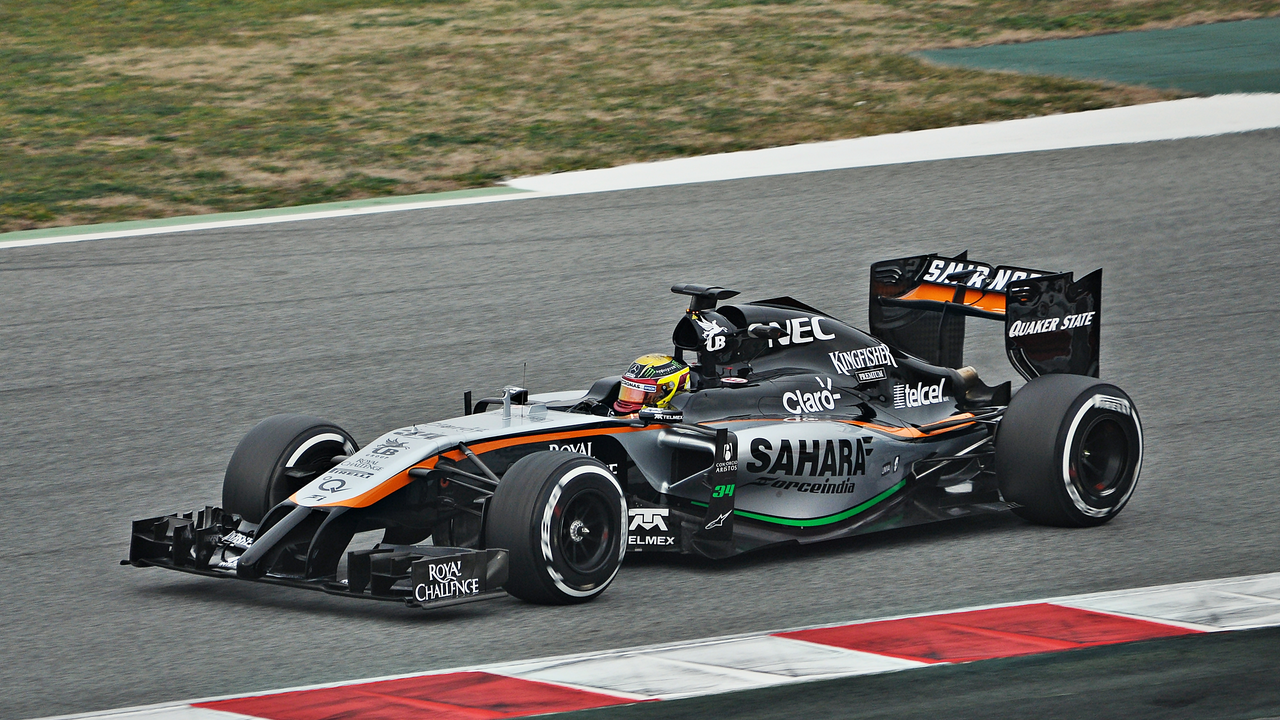Racing Culture: What Makes It Tick?
If you’ve ever felt the roar of engines or the buzz of a crowd at a track, you already know why racing culture is a special world. It’s not just about speed; it’s about community, tradition, and the little details that give each race its own vibe. Below you’ll find the basics that keep fans and drivers hooked, plus practical tips if you’re thinking about joining the scene.
Why Fans Love the Atmosphere
Every race weekend is a mini‑festival. In the UK, you’ll find families setting up tents at Silverstone, groups sharing ride‑hailing tips to get to a Post Malone concert at Tottenham Hotspur Stadium, and strangers swapping stories about the best pit‑stop strategies. Those moments – the shared chants, the big‑screen replays, the after‑race debates – create a sense of belonging that’s hard to find elsewhere.
Even when things go wrong, like the London Underground strikes that left fans scrambling for transport, the community bands together. People organize carpools, post route shortcuts, and keep the excitement alive. It shows that racing culture is as much about people as it is about cars.
Getting Behind the Wheel
Thinking about driving yourself? The first step is figuring out which type of racing fits your budget and skill level. Most beginners start with karting or club‑level touring cars. You’ll need a basic fitness check, a racing school, and a license from the national motor sport authority. After that, invest in a proper suit, helmet, and a reliable car that matches your chosen class.
Don’t rush into top‑tier series like Formula 1 or IndyCar. Those categories demand huge budgets, specialist crews, and ultra‑fast pit‑stop crews. For example, IndyCar pit‑stops are slower than F1 because they still refuel on track, use hand‑held pneumatic jacks, and have fewer crew members. Those differences might sound technical, but they highlight how each series has its own culture and challenges.
If you’re looking for the most popular entry point, start with the series that already dominate the UK fan base – touring cars, British GT, or grassroots club racing. They give you a taste of the competition without needing a multinational budget.
Beyond the track, the sport’s impact reaches wider topics. Motorsports do affect the climate through fuel consumption and track construction. It’s something the community is starting to address with electric series, bio‑fuel trials, and greener event management.
Another big conversation is why certain nationalities dominate specific series. Take MotoGP: Spanish and Italian riders lead because those countries have strong training schools, factory teams, and a deep racing history. Understanding these cultural patterns adds another layer to appreciating the sport.
Finally, remember that racing culture isn’t just about the biggest names. Smaller stories, like a review of a new game that simulates feudal Japan’s battlefields, or a debate over which racing movie – Ford vs Ferrari or Cars – captures the spirit better, keep the community lively and diverse.
So whether you’re a seasoned fan, a budding driver, or just curious about what makes racing culture so magnetic, there’s a place for you. Join a local club, attend a weekend race, or start sharing your own stories online. The more you engage, the richer the experience becomes – and that’s the heart of racing culture.
Why is Formula One racing not very popular in India?
Well, folks, Formula One racing in India is like me trying to cook, it doesn't quite catch fire! The main reason is cricket's monstrous popularity, which makes other sports seem like ants at a giraffe party. Plus, F1 racing is as costly as a Bollywood movie production, but without the song and dance. It’s a pricey passion, folks! Lastly, our roads are already like a Formula One circuit, with all the dodging and weaving we do, who needs to watch it on TV? So, while we love our thrills and chills, F1 racing just hasn’t revved up India's attention...yet!
